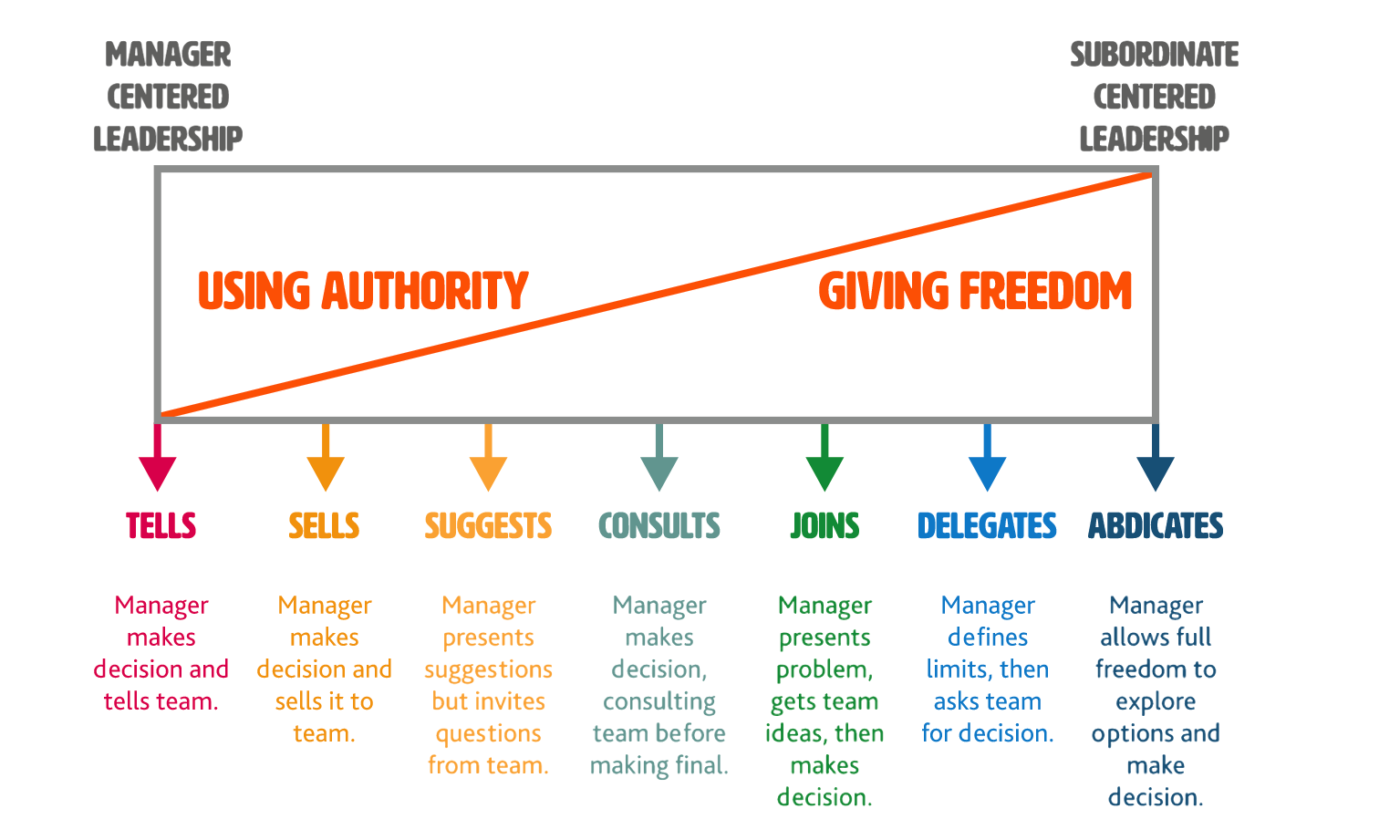Sponsored by Hubspot
I am giddy that this is sponsored by Hubspot, because I love Hubspot. And not just because it’s a sexy CRM platform (yup, you read that right.)
The truth is, Hubspot is a company that has a great decision-making culture. When they take chances, they lean in. Take their podcast network, as an example. They do it, and they do it well.
If you like my newsletter (which I hope you do), you’ll like the Hubspot Podcast Network.
In fact, I really recommend starting with Marketing Against The Grain. It’s brilliant. Kipp (Hubspot CMO) and Kieran (Zapier CMO) are such a good pairing. And not just because of the accents – though that doesn’t hurt.
Every single episode takes you down a rabbit hole of marketing trends, growth tactics, and innovation. It’s definitely helped with my company’s growth and I’m sure it can help with yours.
Check out Marketing Against the Grain. I know you’ll like it.
Please support our sponsor by clicking that link and having a listen.
Thanks Hubspot!
The most important insight to have about a company is how they make decisions.
A company’s growth potential is directly proportional to the strength of their decision-making.
The decisions you make – and how you make those decisions – impacts cost, communication, and, most importantly, the time you have for progress.
Time is everything.
In today’s fast-moving world, time matters more than ever. The time it takes for a company to make decisions is time that is removed from actual progress.
The most innovative organizations are oftentimes the quickest and most efficient decision-makers.
They empower employees to make their own decisions. They embrace incorrect choices as part of the growth process, and they ensure that everybody knows what type of decisions need to be escalated.
On the other side of the spectrum are the slow decision-makers.
Slow decision-making usually results in slow-growth companies that lack innovation.
In these instances, all decisions are usually either made by the leader or by committee. In these cases, the backlog fills up quickly and progress is inherently slow. God forbid a wrong decision is made and forces progress to a halt.
Oy.
<slaps hand on forehead, closes eyes, and shakes head>
Oh, Tannenbaum
In 1958, psychologists Robert “Oh” Tannenbaum and Warren “About” Schmidt developed a model outlining the seven styles of decision-making. It’s since been so eloquently referred to as the Tannenbaum and Schmidt Continuum (which sounds a lot like a Ben Stiller movie).
On one side of the continuum is the authoritative company in which the manager makes all decisions and tells the team what to do.
On the opposite side is the scenario where the manager gives full freedom to subordinates to explore options and make decisions themselves.
Check out the continuum below. Where do you tend to fall into the mix?

You may be asking yourself right now, “is one side of the continuum bad and the other good?”
Welp, the answer is: It depends.
There a variety of factors that influence which decision-making style you should adopt. But that’s a completely different article which maybe I’ll write about at some point in the future. Just not today.
For now, let’s talk about the bad ways to make decisions.

When It Gets Too Frustrating
Imagine getting a 1,000 piece LEGO set that’s designed to build the Space Shuttle. But, dang it Dawg, the instructions weren’t included in the box! What’s up with that, LEGO?!
There are thousands of ways to put those darn pieces together and, well, you’re just not sure how to get it done. So you dump out all the pieces on a table and bring in three colleagues to help (yup, you’re doing LEGOs at work). The four of you start winging it. You all are hunched over the table snapping this piece into that one all willy-nilly in hopes it will magically work.
Unfortunately, it doesn’t. It’s a tough challenge with lots of different options. All four people have different ideas on how to build the Space Shuttle – and each person is pretty darn confident that their idea is the right way to do it.
After a little bit of time, frustrations build because nobody is making real progress. Things get heated. People are using pieces that others need. Eventually, the team starts butting heads and arguing about which way is the best.
This is a critical pivot point in the decision-making process – when emotions kick in.
The Bad Way To Make Decisions
Emotions happen, that’s normal. But there are three bad decision-making models that result from heightened emotions.
Fatigue Decisions
When a group is so emotionally drained that they simply adopt the best-articulated decision in order to stop having to talk about it anymore. This is the “whatever, let’s just do it your way” approach to decision-making.
Volume Decisions
The option decided on is the one most passionately pushed by the loudest people. It is surprising how often this happens and how many loud people use it to get what they want.
[Editor’s Note: ummmm….no comment.]
Power Decisions
The scenario in which the most senior person gets their way. Consider this the “I don’t care what you think, I’m the boss and you’ll do as I say” approach.
Will the team build the Space Shuttle correctly in this instance? Probably not.
The fact is that decision-making processes that are driven by emotions are emotionally draining. Even if it’s the right choice, those types of decisions deflate, disappoint, and alienate people.

How To Make Good Decisions
Here’s a fun fact for you:
Employees are more committed to a company when they believe decisions are made using a logical, informed, and fair process that keeps their best interests in mind.
Let me rephrase the important takeaway:
How you make decisions is more important than what the decision is.
I repeat… HOW you make a decision is more important than the outcome of that decision.
So how do you make a good decision? Well, you first have to start with three important things.
1. A goal
2. An understanding of the key stakeholders
3. A vision
Those three elements are critical in decision-making, regardless of who, what, or where you are. Let me give you an example.
Let’s say I have a company that is trying to revolutionize the Squatty Potty.
- Our GOAL is to create a fun, engaging brand and generate more revenue.
- Our key STAKEHOLDERS are the end users – the people who buy our Squatty Potty
- Our VISION is to create the most unique and effective Squatty Potty in the world.
Ok, we’ve got the three factors outlined. Now, anytime a decision needs to be made, it always has to be assessed through three important questions:
- (Goal) Which decision will generate the most revenue potential while adhering to our brand promise?
- (Stakeholder) Which decision will most satisfy our end users?
- (Vision) Which decision helps us be the most unique and effective product in the market?
You see, it’s not about emotion at all.

The Four Types of Decision-Making Processes
Once your entire company understands the three key factors of decision-making, it makes it a LOT easier for everybody to be more efficient in coming to solutions.
Still, when it comes to actually making the decision, there are four different types of decision-making processes that healthy companies follow. Each one is relevant in different circumstances and everybody needs to understand which process they need to follow in which scenarios. Check it out:
Command Decision Making
One person makes the decisions without consulting others. This is done when decisions don’t directly impact others on the team (or when leadership needs to make decisions in times of crisis).
Example: Customer support personnel should be able to give refunds, exchange product and quickly make other customer-centric decisions without having to consult others.
Collaborative Decision Making
Decisions are based on feedback from the team, outside experts, or trusted advisors who will give honest and direct feedback.
Example: Product development needs to get feedback from not just internal departments (marketing, sales, tech, finance, etc) but also from external sources like customers and distributors.
Consensus Decision Making
This is a democracy in action. Everybody votes and the highest vote wins.
Example: Which of three logo designs is the best?
Delegation Decision Making
You choose somebody else to be responsible for making decisions. In most cases, this is done when a group has a specific task to solve.
Example: Your company’s Culture Committee. The lead of the committee is responsible for creating and implementing fun, culture-building concepts.
—
Though I can probably come up with some witty and insightful way to end this, let me instead just repeat the words of Theodore Roosevelt, who said:
“In any moment of decision, the best thing you can do is the right thing. The worst thing you can do is nothing.”
It’s time to decide to make better decisions.
Somewhat Relevant Quote
“You cannot make progress without making decisions.“ at whatever cost.
Jim Rohn, Author, Speaker
Random News
Honk – Let it be known, Los Angeles doesn’t have the worst traffic in the world
Smile – Looking to move? Might as well go to one of the happiest cities
Moving Irony – Turns out more people are moving out of the happiest state
Hic – Good news. There’s now a cure for being drunk.
